While January offers the perfect opportunity for post-holiday detoxing, it’s also the ideal time to look ahead and start planning those vacations that will motivate you through the dreary dregs of winter.
All travel should broaden the mind, but the best experiences are undoubtedly those that take place with a glass in hand. If you’ve already checked off the world’s premier wine destinations, firstly: congratulations! But now it’s time to consider the appellations, regions, and even nations that you may have passed by.
Whether you’re able to visit just one or all 10, here are the wine travel destinations that should be on your radar this year.
10. Vienna, Austria
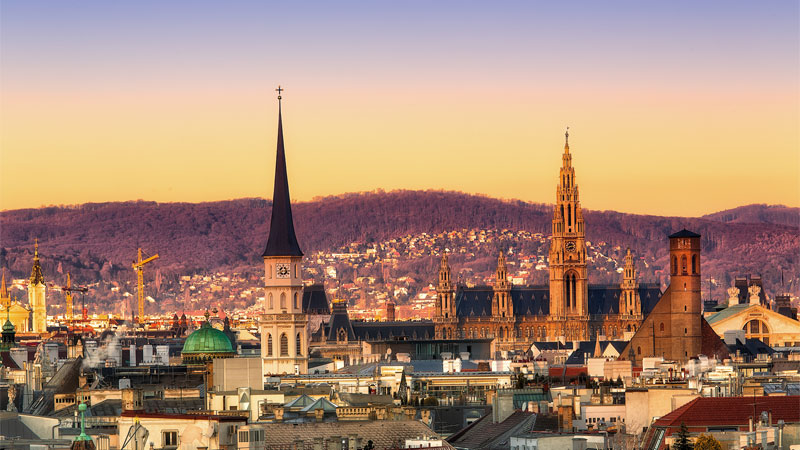
Austria’s capital boasts stunning baroque architecture and is a hub of music, art, and coffee culture. A lesser known but equally enticing reason to visit is that Vienna is the only world capital that produces significant quantities of wine. By significant, we’re talking over 1,700 acres of vineyards planted within the city limits — 85 percent of which are dedicated to white varieties such as Riesling, Sauvignon Blanc, and Grüner Veltliner.
The best season to experience Vienna’s vineyards is during autumn, when the city hosts its annual Wine Hiking Day. With three routes spanning a total of 15 miles, visitors can amble the city’s vineyards while sampling delicious food and wine pairings. There are palaces dotted along the route, too, and expansive views of the city providing a picturesque backdrop.
9. Languedoc-Roussillon, France
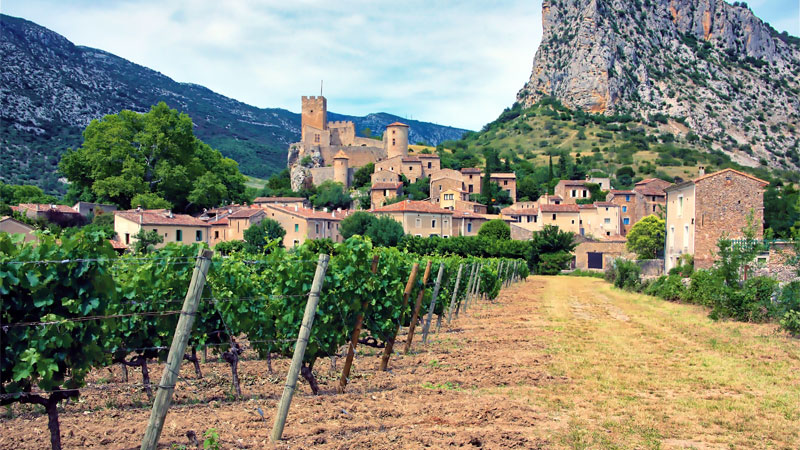
For music-loving wine enthusiasts, the hottest ticket of the year is Jazz à l’Hospitalet, an annual festival organized by renowned winemaker Gérard Bertrand. Hosted at Bertrand’s 38-bedroom Château l’Hospitalet — a biodynamically farmed wine estate — the event takes place over a five-day period every summer.
By no means is this event the only reason to visit the region. Bertrand’s estate is located just outside the town of Narbonne, which lies inside the Corbières AOC. The most important appellation within the Languedoc-Roussillon region, Corbières has five established wine routes encompassing dozens of wineries that focus on organic and biodynamic viticulture. Narbonne itself is just a 10-minute drive from the Mediterranean Sea — a prospect that’s made all the more enticing by the year-round sunny Mediterranean climate.
8. Campania, Italy
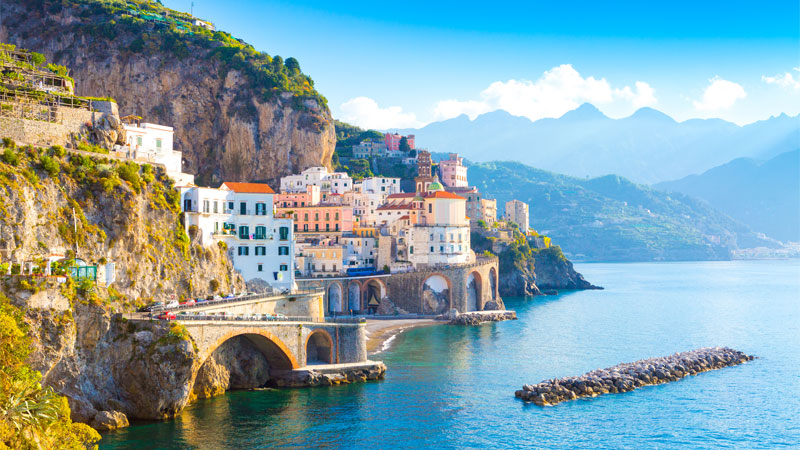
Italy is the fifth-most visited nation on the planet, receiving more than 60 million tourists annually. While this means there are no longer any “undiscovered” regions, there are certainly spots that don’t get the recognition they deserve, such as Campania.
Located on the “shin” of Italy’s boot, Campania is home to Naples (and its world-famous pizza), Mount Vesuvius, the Amalfi Coast, and the Pompeii ruins. For those guided by an oenological compass, the region specializes in wines made using indigenous local varieties, such as red grape Aglianico, and white grapes Greco, Fiano, and Falanghina.
The best place to enjoy Campania’s fruity, acidic reds and complex, seafood-worthy whites is, of course, the region itself. With the hub of production located around 50 miles east of Naples, visitors can feasibly use the ancient city as their base camp and make daily day trips to the region. Alternatively, they can plant themselves in the heart of wine country, in and around towns such as Avellino and Taurasi. Plan a visit during late spring or early autumn to avoid the summer crowds and enjoy pleasant, cooler temperatures.
7. Porto, Portugal
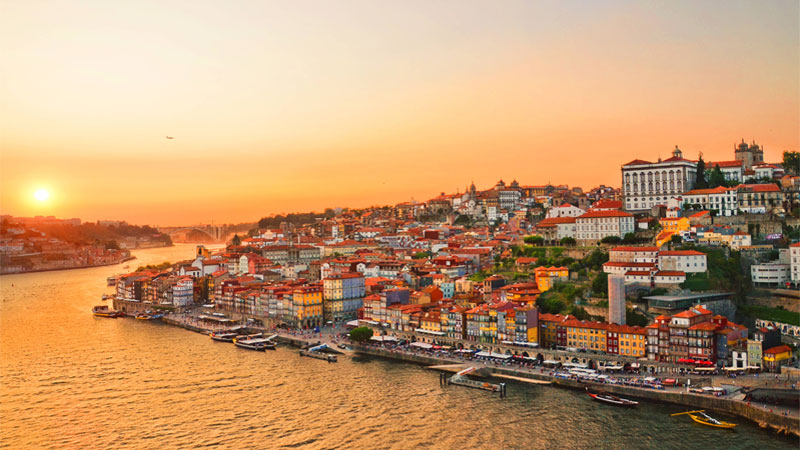
Set to open in mid-2020, the Fladgate Partnership’s World of Wine is a wildly ambitious tourist project that will offer five museum experiences, nine restaurants and bars, a wine school, and multiple exhibition spaces, all within Fladgate’s former Port warehouses in the city of Porto.
The experience aims to highlight Portugal’s importance not just as a historical winemaking nation, but as a world leader in cork production. A separate wine-related museum will also focus on the history of drinking vessels, with a collection of hundreds of cups and chalices dating back thousands of years set to be on display.
Porto’s proximity to the Douro Valley, which can be accessed by boat, train, or car, makes visiting actual vineyards a possibility while staying in the city. But with a thriving dining scene and local aperitifs to discover, you can be forgiven for saving that excursion for a separate, return visit.
6. Cape Winelands, South Africa
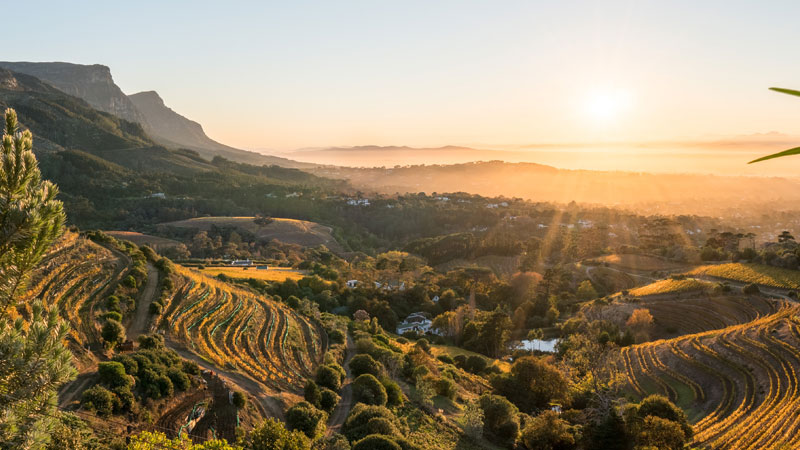
With direct flights now offered from New York to Cape Town, it’s easier than ever to access South Africa’s Cape Winelands, the home of the country’s most prestigious wineries. The drive from Cape Town to wine country takes just 45 minutes, and established shuttle services make day trips a viable option. But with opulent accommodations in the towns of Stellenbosch, Franschhoek, and Paarl (each located in the heart of the region), staying in the region is preferable, allowing for exploration of the Winelands at a more leisurely pace.
Expect to sample bottle after bottle of Pinotage, South Africa’s smoky, earthy signature red variety, and an ever-improving range of Chenin Blancs. For sparkling wine lovers, the nation’s Méthode Cap Classique wines serve well-priced, traditional-method bubbles, which are made using Champagne varieties.
Culinary options range from roadside farm stalls (a staple of South African culture) to carefully curated menus at winery restaurants. For those wishing to work on their handicaps, a number of the region’s wineries even house plush, upscale golf courses.
5. Tenerife, Spain
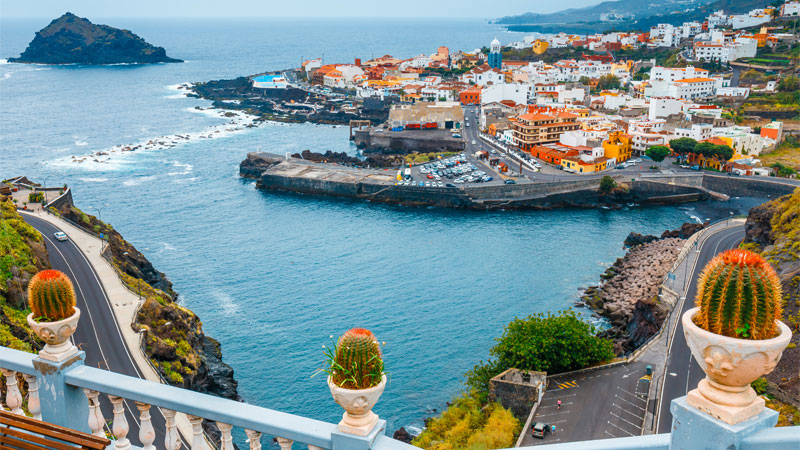
Spain is currently undergoing an exciting winemaking renaissance, and it’s on the island territory of Tenerife that many of the most compelling bottles are made.
The largest of the seven Canary Islands, Tenerife is split into north and south territories by the dominating volcanic Mount Teide. The southern half is hotter, drier, and sunnier, making it a popular year-round destination for hordes of European tourists. The north, by contrast, is cooler and more humid, providing the perfect conditions for high-quality viticulture.
Tenerife’s well-established wine route and the majority of its bodegas (wineries) are located in the northeast of the island, close to the city of San Cristóbal de La Laguna. Visitors can enjoy an array of wines made using indigenous varieties, including the delicate Listán Blanco and Listán Negro and Baboso Negro, which is vinified into powerful, flinty reds. Arguably, the most exciting bottles currently arrive from Listán Prieto, an ancient red variety that’s enjoying a resurgence around the world.
When the time calls for a break from wine tasting, there’s sea, sun, and sand to savor on the south of the isle. For adventure seekers, Teide offers numerous hiking trails and serves as the winter training camp for many of the world’s top professional cyclists.
4. Uco Valley, Argentina
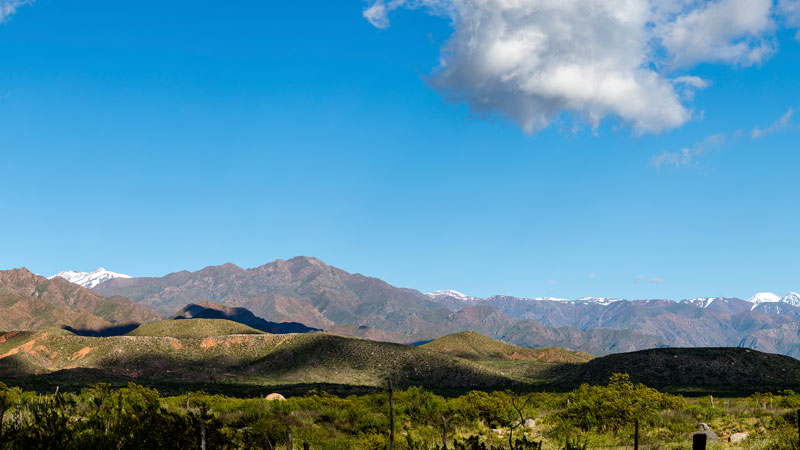
A high-altitude sub-region within Argentina’s Mendoza province, the Uco Valley offers breathtaking views of the Andes mountains and some of the finest wines currently coming out of South America. While Argentine Malbec is recognized and enjoyed worldwide, a number of winemakers within the Uco Valley are working to establish new sub-appellations and highlight the complex terroir that often goes under-appreciated. Many of these wines reach international markets, but a visit to the region offers the unique opportunity to taste single-vineyard bottlings and boutique projects that aren’t produced in large enough quantities to export.
There are a number of small, sophisticated hotels in the Uco Valley that cater to the growing enotourism market. Properties such as Casa de Uco, Casa Petrini, and Casa de Huéspedes situate guests within a stone’s throw of the best winery experiences, including Bodegas Salentein, Familia Zuccardi, and Alfa Crux.
Bookend your visit with stays in the city of Mendoza, which receives flights from Buenos Aires (Argentina), Panama City (Panama), Lima (Peru) and Santiago (Chile). Though relatively modest in size, the city boasts extensive dining options, with world-class meals prepared by Francis Mallman at the critically acclaimed 1884; cozy, family-style restaurants, and classic parrillas (steakhouses).
3. Piedmont, Virginia
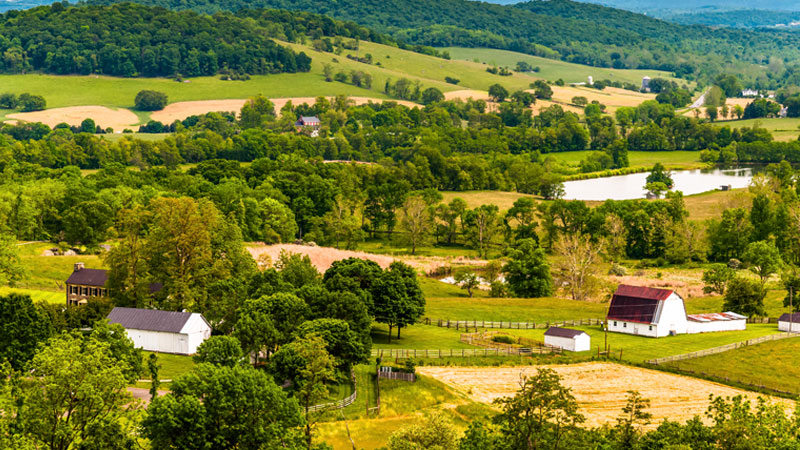
Once home to Thomas Jefferson, who, more than 200 years ago, had grand visions of a thriving wine industry in his home state and country, Virginia’s hilly Piedmont region has established itself as an attractive, convenient destination for American wine tourism.
Centered around the city of Charlottesville, a few hours drive southwest of Washington D.C., the region is home to the Monticello Wine Trail. Named after the former estate of President Jefferson, the trail comprises over 30 member wineries, each located within a 25-mile drive of Charlottesville. The list of members includes all the state’s best producers, such as Barboursville Vineyards, Jefferson Vineyards, Early Mountain Vineyards, and Veritas Vineyard & Winery.
Each of these properties offers a sophisticated visitor experience, with vineyard tours, tasting rooms, and award-winning restaurants. A visit to these or any one of the 35 wineries that make up the trail should be the focus of your trip. Alternatively, annual events, including the Taste of Monticello Wine Trail Festival, provide the opportunity to taste the region’s plethora of amazing wines in one location.
For history buffs, Thomas Jefferson’s Monticello estate, which is the only home in the U.S. to be designated as a UNESCO World Heritage Site, is open for public tours. Meanwhile, Charlottesville’s pedestrianized Downtown Mall offers fine dining, boutique shopping, and the simple pleasure of people watching while enjoying a coffee at numerous outdoor cafes.
2. Valle de Guadalupe, Mexico
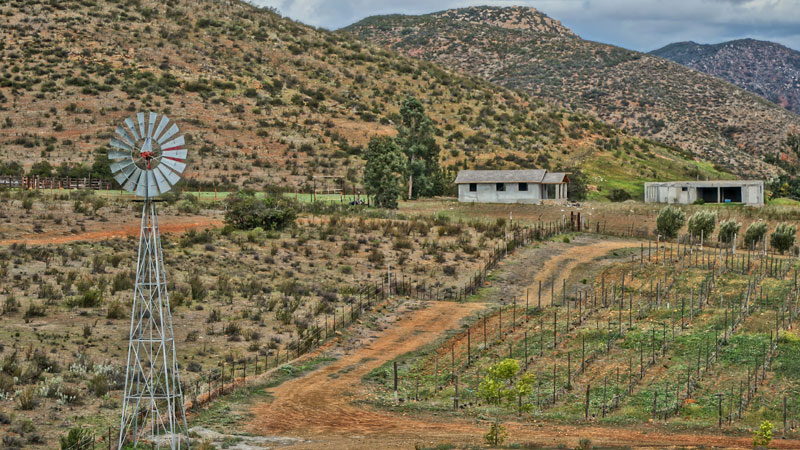
Mexico’s Valle de Guadalupe is closer to Los Angeles than Napa Valley and is located just 75 miles south of the U.S. border. For decades, the Valle has been overshadowed by America’s West Coast wine destinations, but Mexico’s premier wine region is now garnering international attention for the world-class bottles produced by its 100-plus wineries.
Instead of one or two signature varieties, producers such as Decantos, Monte Xanic, Vena Cava, and Lechuza Vineyard focus on a range of grapes suited to the warm climates of southern Europe. Think: Nebbiolo, Sangiovese, Tempranillo, Syrah, Vermentino, Viognier, and many more.
The high-quality winemaking is matched by farm-to-table dining and multi-course tasting menus, from acclaimed chefs such as Drew Deckman, Diego Hernandez, and Javier Plascencia. The latter helms Finca Altozano, which is arguably the region’s hottest restaurant.
While its proximity to San Diego makes driving an option, a number of the Valle’s resorts and wineries offer pickup services from San Diego International Airport. Without a doubt, it’s the most hassle-free method of arrival, and subsequent taxi travel around the region means all within your party can fully appreciate the broad selection of local wines.
1. Paso Robles, California
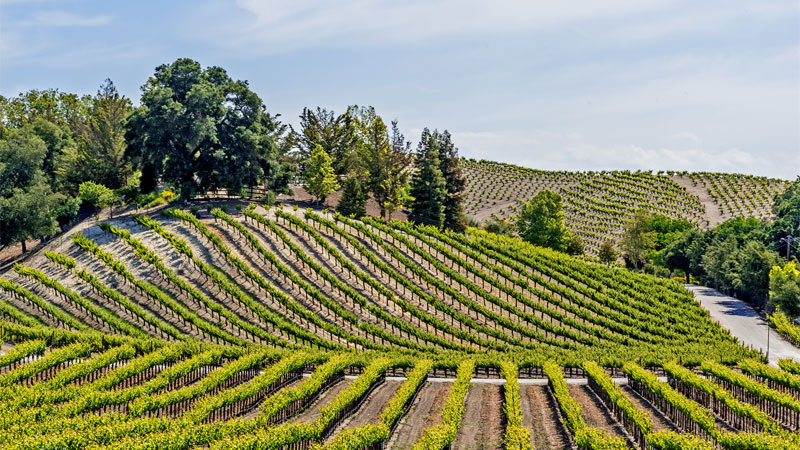
Paso Robles is located on California’s Central Coast, midway between San Francisco and Los Angeles. The charming city and its surrounding wine country might be familiar to Californian oenophiles, but the region still flies under the radar from a national and international perspective.
This is a shame; Paso is home to award-winning wineries set in a spectacular backdrop that rivals anywhere else in the state. The city’s historic downtown features a wide range of dining establishments that dedicate themselves to serving locally sourced, organic produce and meats. Accommodations range from boutique hotels to vineyard resorts, luxury villas, and national chains where you can spend those well-earned points.
But those who’ve become acquainted with the region know that Paso’s main draw is its very tangible sense of community. The members of the Paso Robles Wine Country Alliance are connected not only by their regional marketing operation, but by deep-rooted friendships stretching back years and even decades.
The 40,000-acre AVA is home to more than 200 wineries, with stalwarts such as Tablas Creek Vineyard, Castoro Cellars, and Eberle Winery pioneering the production of more than 60 grape varieties. Some might argue such diversification and the lack of focus on a signature variety can hold a region back. To them, we counter: Variety is the spice of life.
Nowhere is Paso’s community spirit more evident than at Tin City, an industrial complex that sees wine producers, breweries, cider makers, and creameries work side by side to share their artisanal fare.
“This community of wildly independent artisans love what they do, and they are part of Tin City to pour that love into everything they make with the sole purpose of sharing it,” Tin City’s website states. “All you need to do is show up and enjoy it.”
We couldn’t put it better ourselves.
